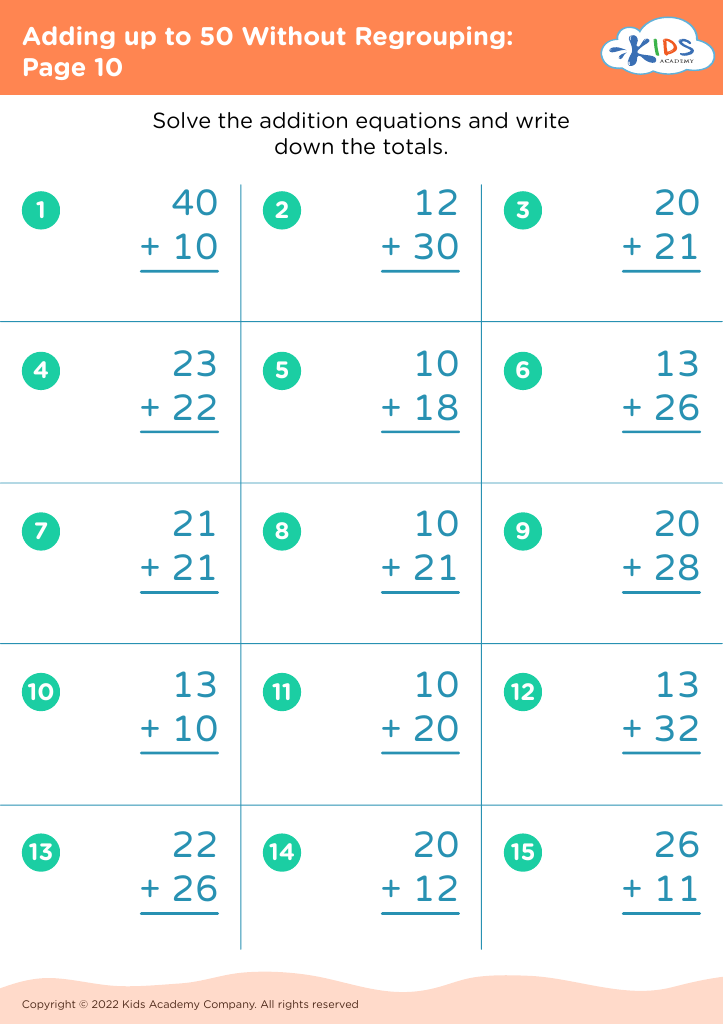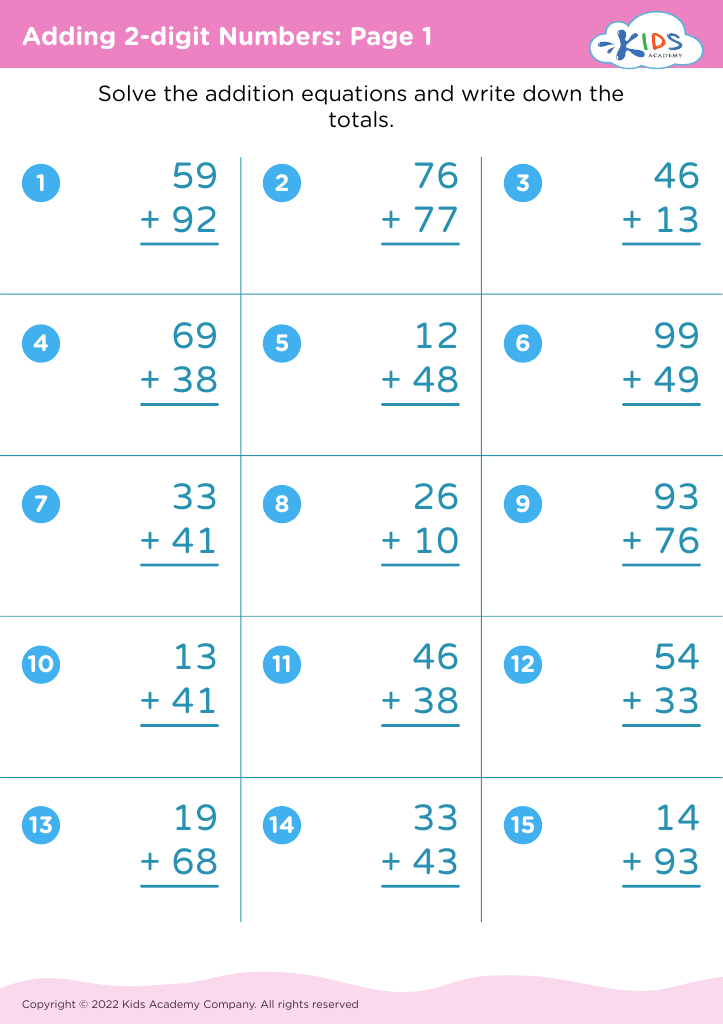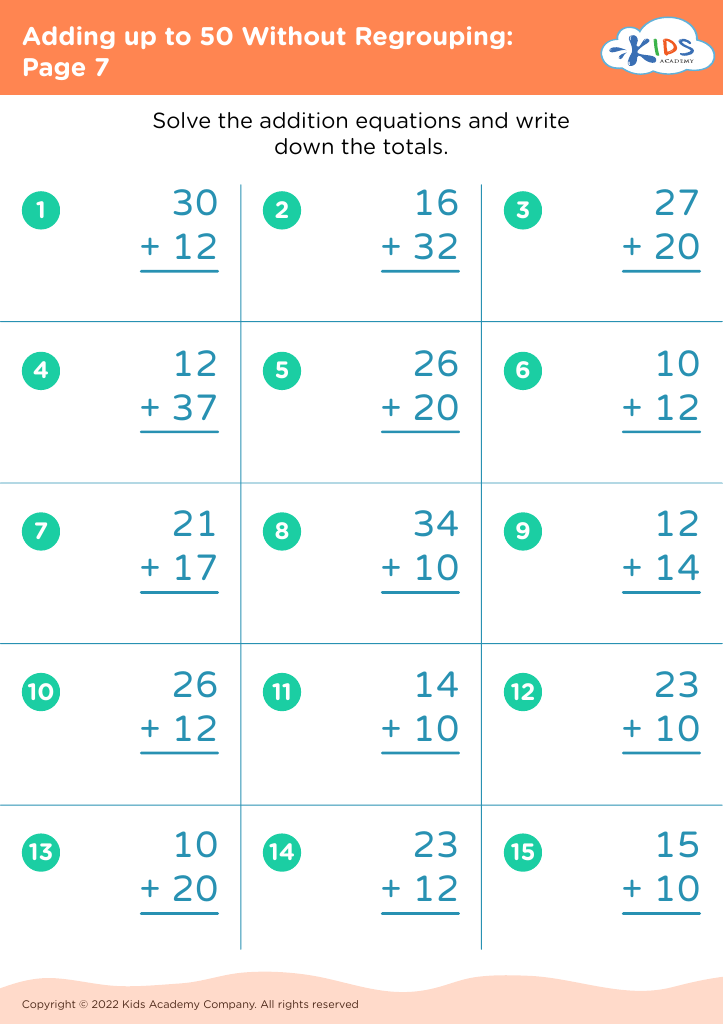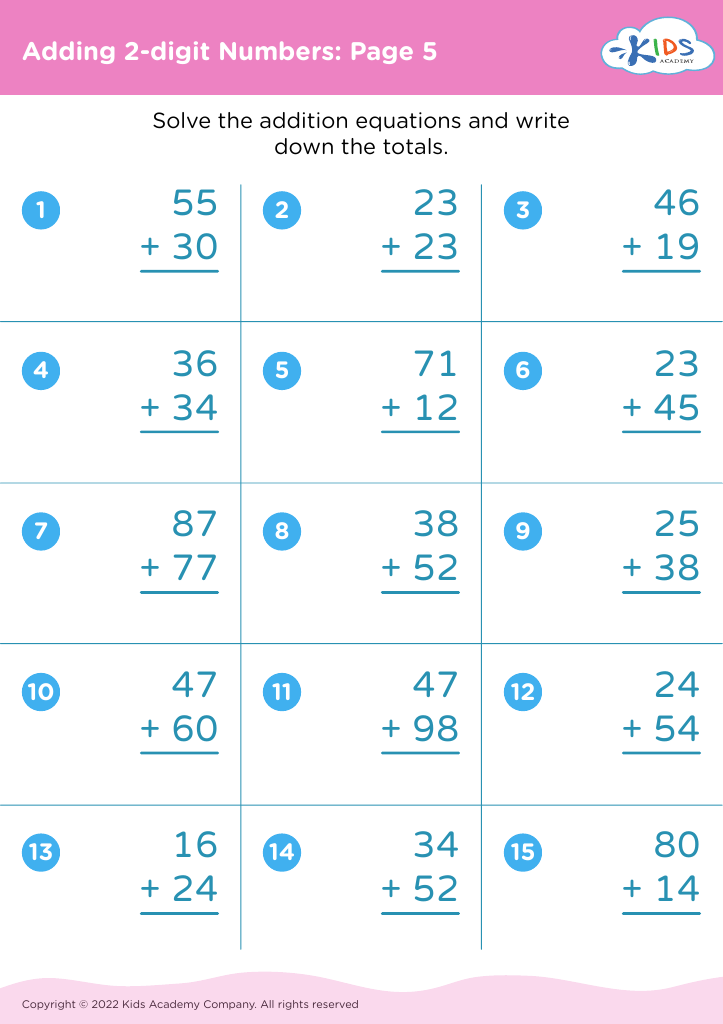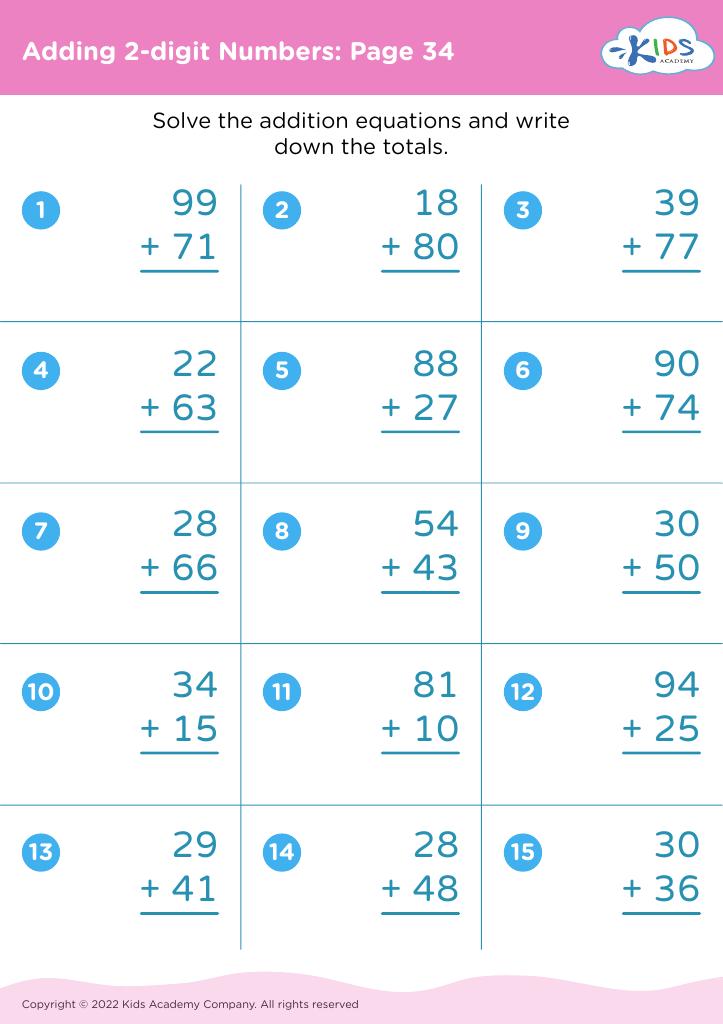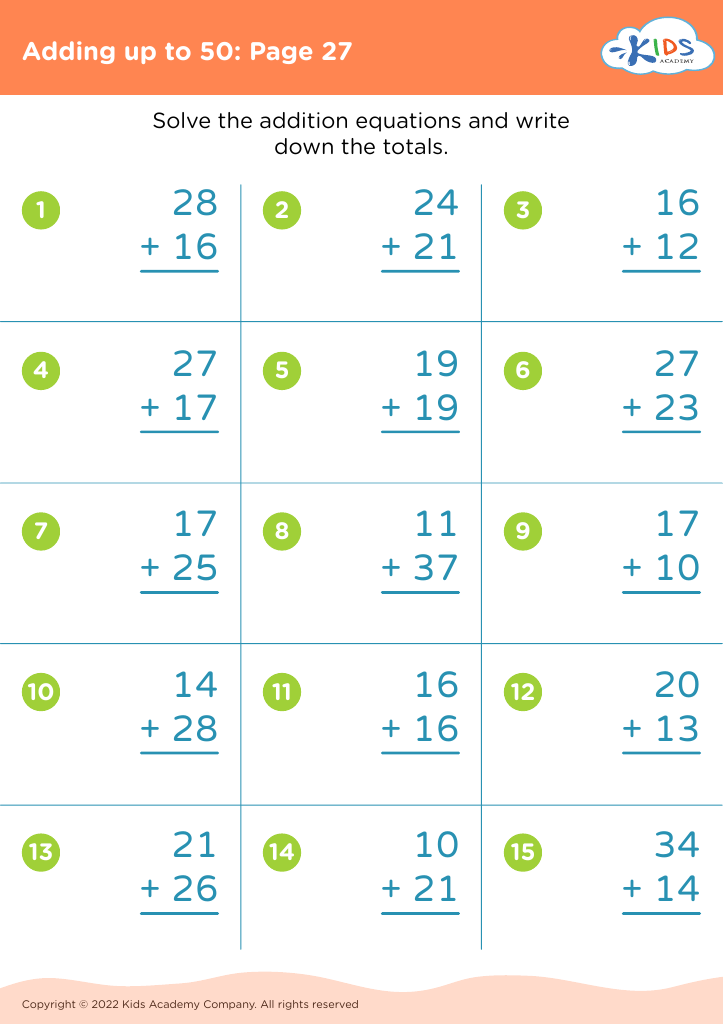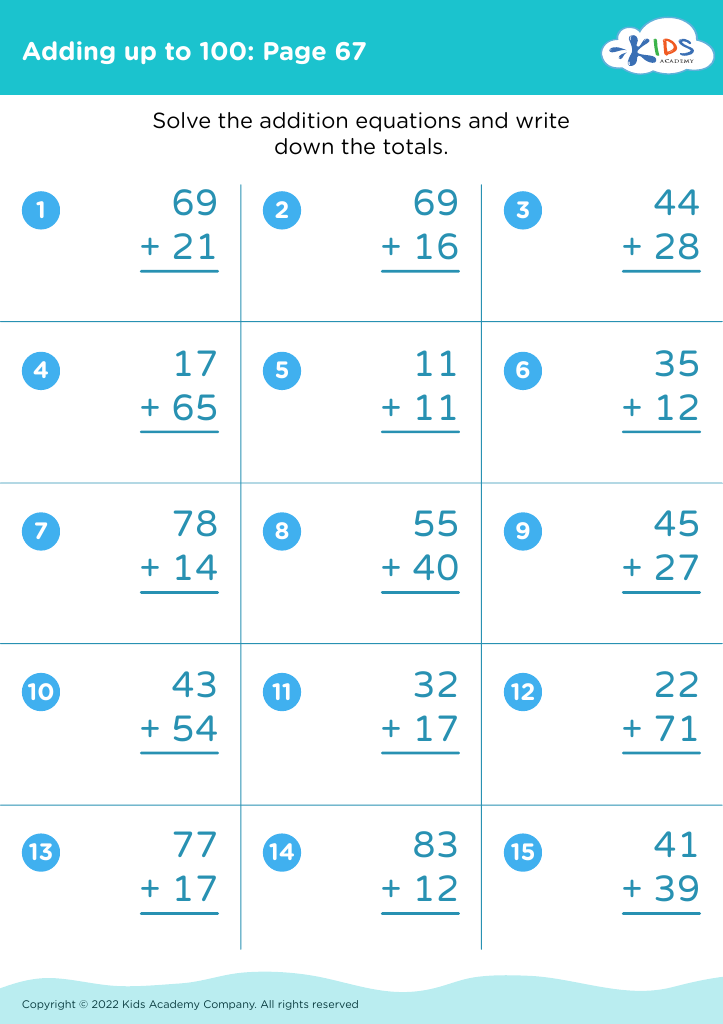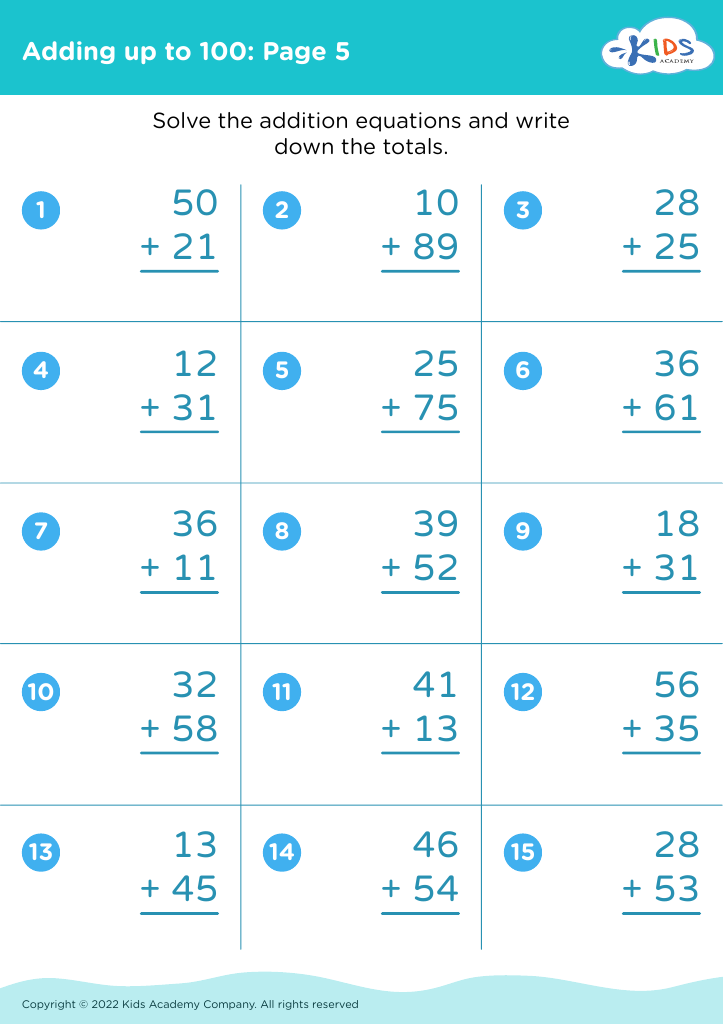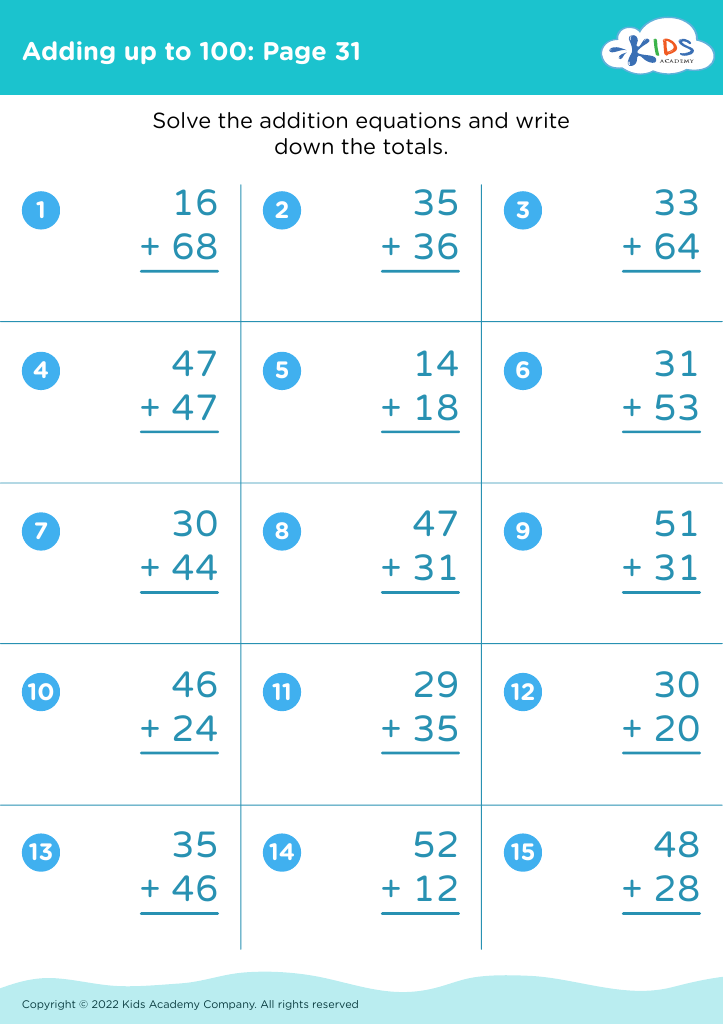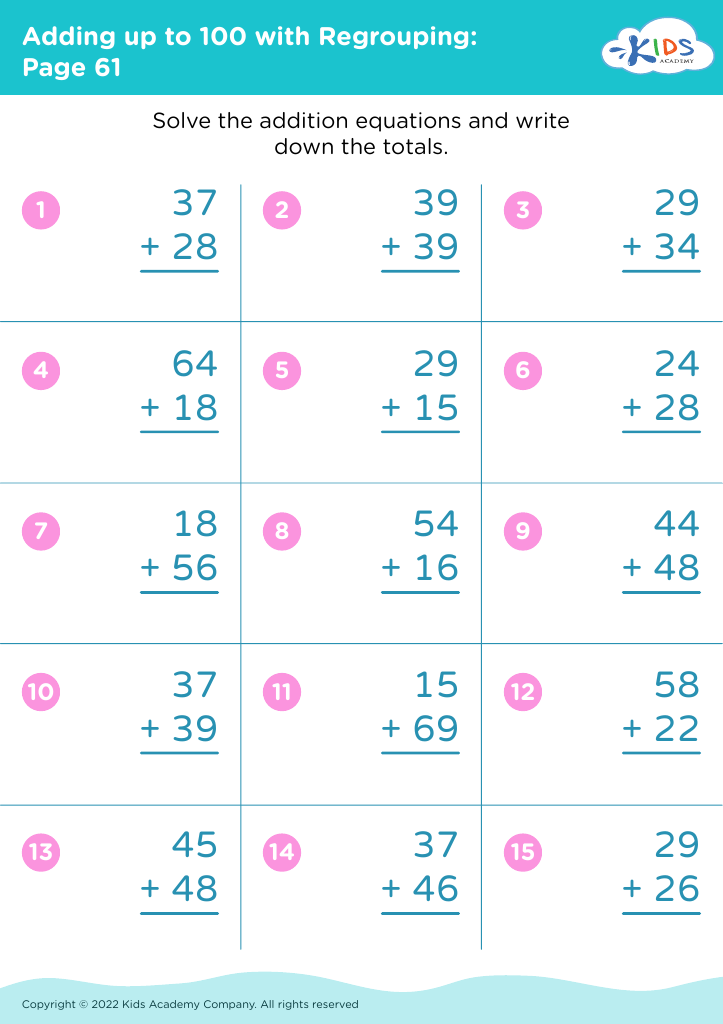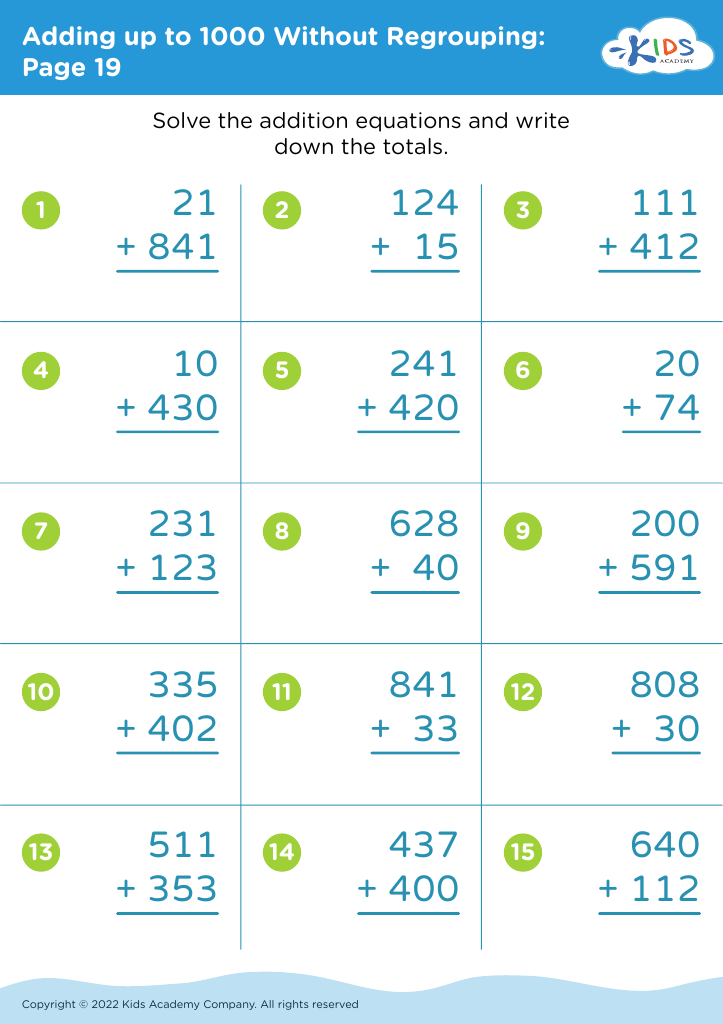Understanding patterns Math Worksheets for Ages 6-7
39 filtered results
-
From - To
Discover the perfect math worksheets for young learners with our "Understanding Patterns" collection, designed for ages 6-7. These engaging worksheets help children master fundamental pattern recognition skills through fun and interactive exercises. With colorful designs and a variety of activities, kids will enjoy learning to identify, complete, and create patterns. Our printables not only enhance critical thinking but also lay a strong foundation for future math success. Perfect for at-home practice or classroom use, these worksheets make learning patterns exciting and accessible for young students. Boost your child's mathematical confidence today with Kids Academy!
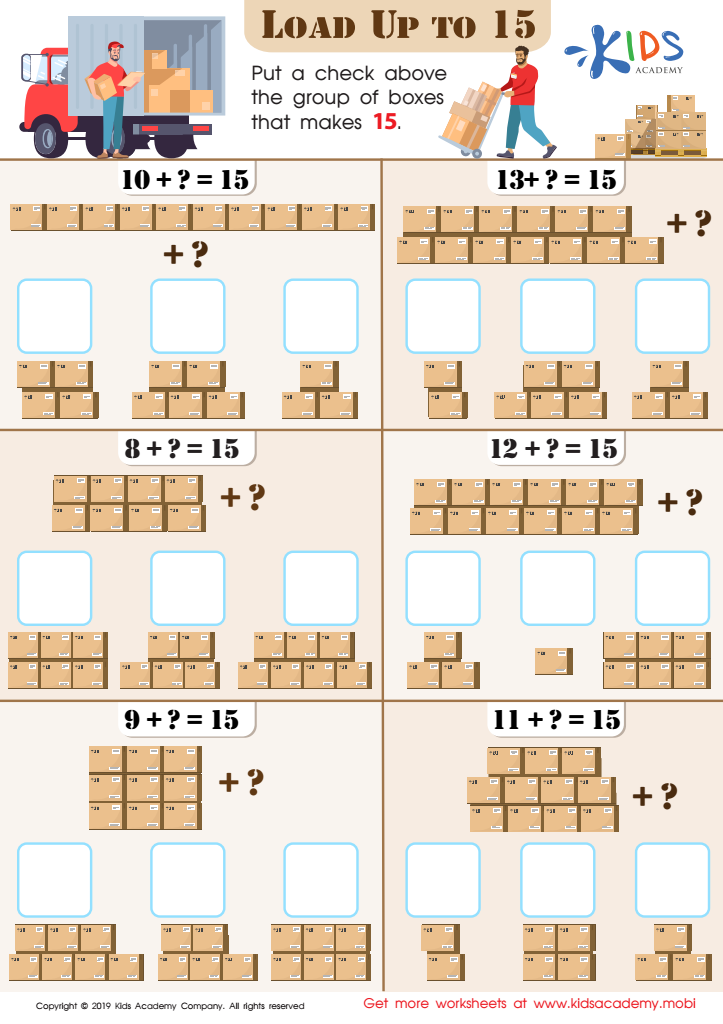

Load up to 15 Worksheet


Making a Graph: Flowers Worksheet


Addition: Space Math Worksheet
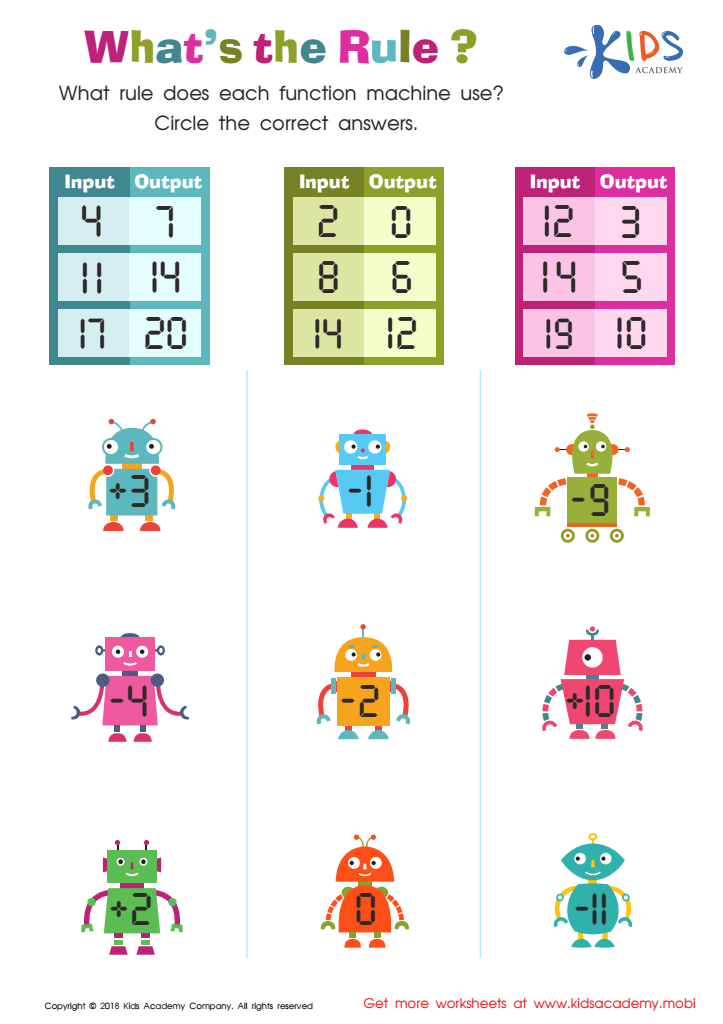

What's the Rule Worksheet
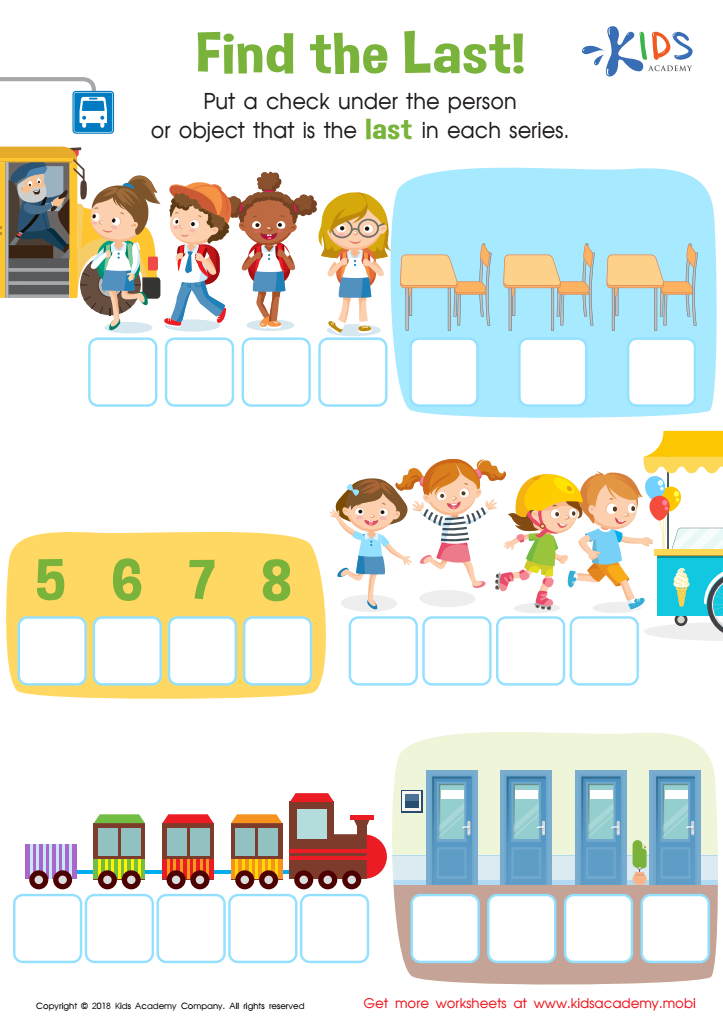

Find the Last! Worksheet
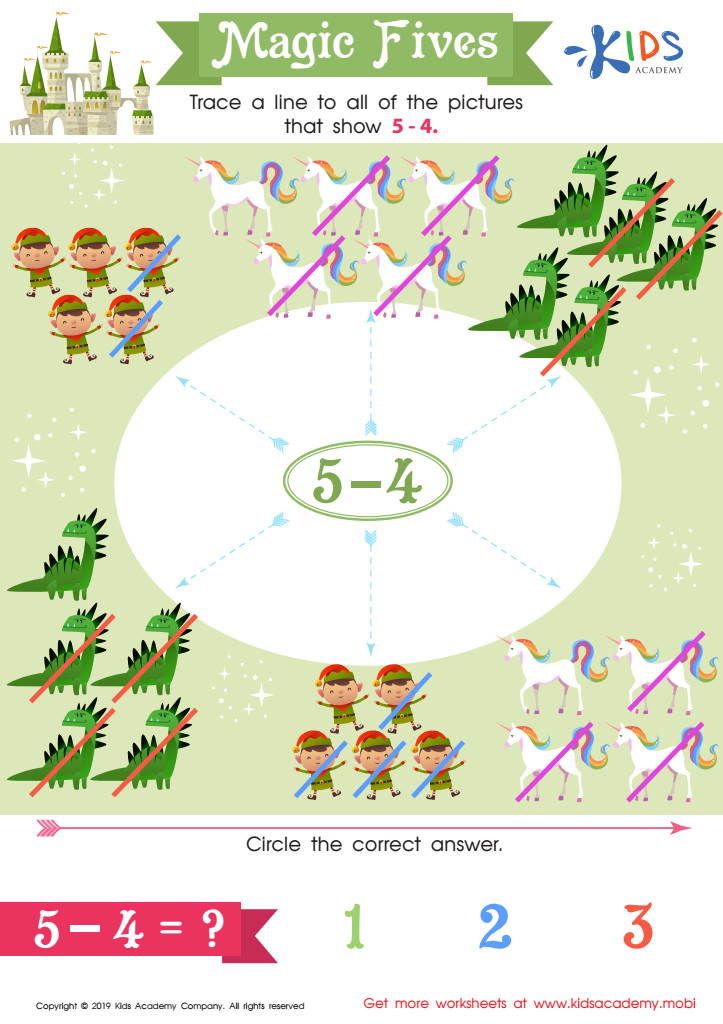

Magic Fives Worksheet
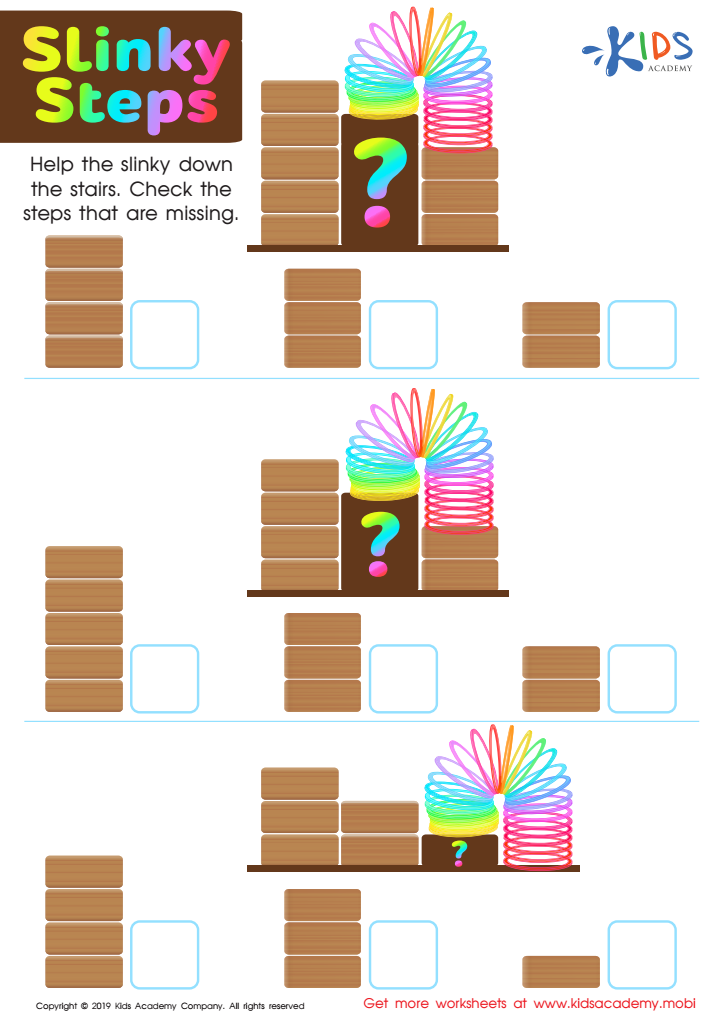

Slinky Steps Worksheet
Understanding patterns in math is fundamental for children aged 6-7 as it lays the groundwork for various cognitive and academic skills. At this developmental stage, recognizing and creating patterns enhances logical thinking and problem-solving abilities. For parents and teachers, nurturing this skill is important because patterns are the building blocks of more complex mathematical concepts, such as addition, subtraction, multiplication, and division.
Patterns also promote critical thinking by encouraging children to make predictions and identify relationships. This analytical way of thinking extends beyond math, fostering skills useful in reading, writing, and everyday decision-making. Engaging with patterns helps children develop fine motor skills and visual perception, as they often manipulate objects physically to form sequences.
Moreover, grasping patterns reinforces a sense of order and predictability, essential for developing organizing skills and time management. Activities like sorting, sequencing, and categorizing can make learning fun and interactive, reinforcing a positive attitude toward math and making abstract concepts concrete.
Both parents and teachers should prioritize understanding patterns because it helps create a strong mathematical foundation, ensuring that children are well-equipped for future academic challenges. Establishing these foundational skills early contributes significantly to a child's overall intellectual growth and confidence in their abilities.
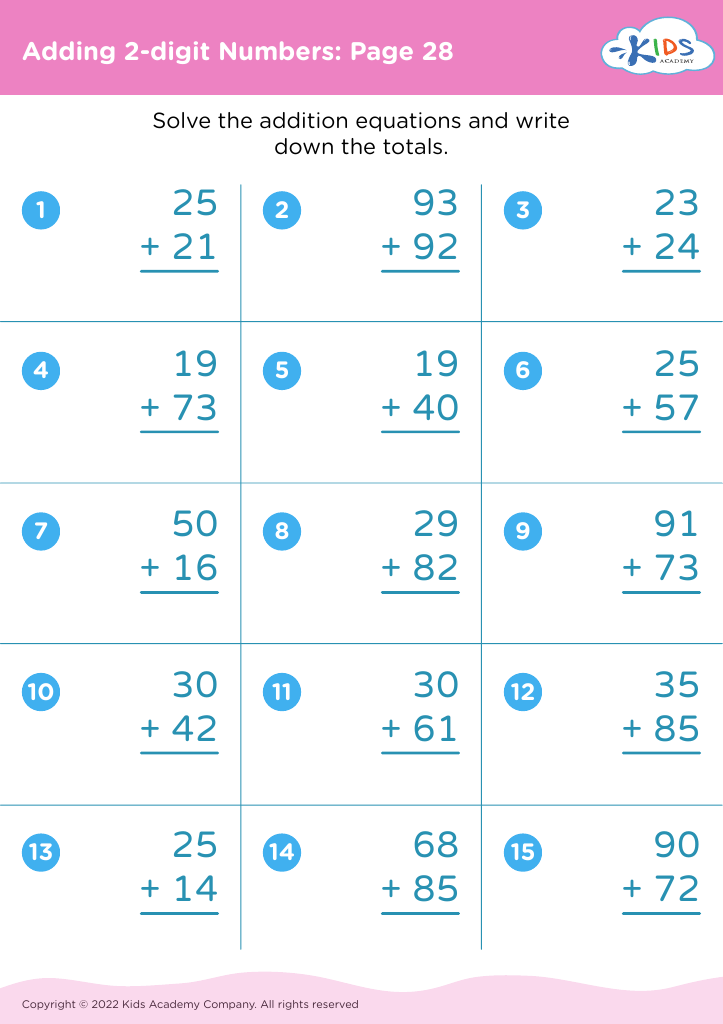

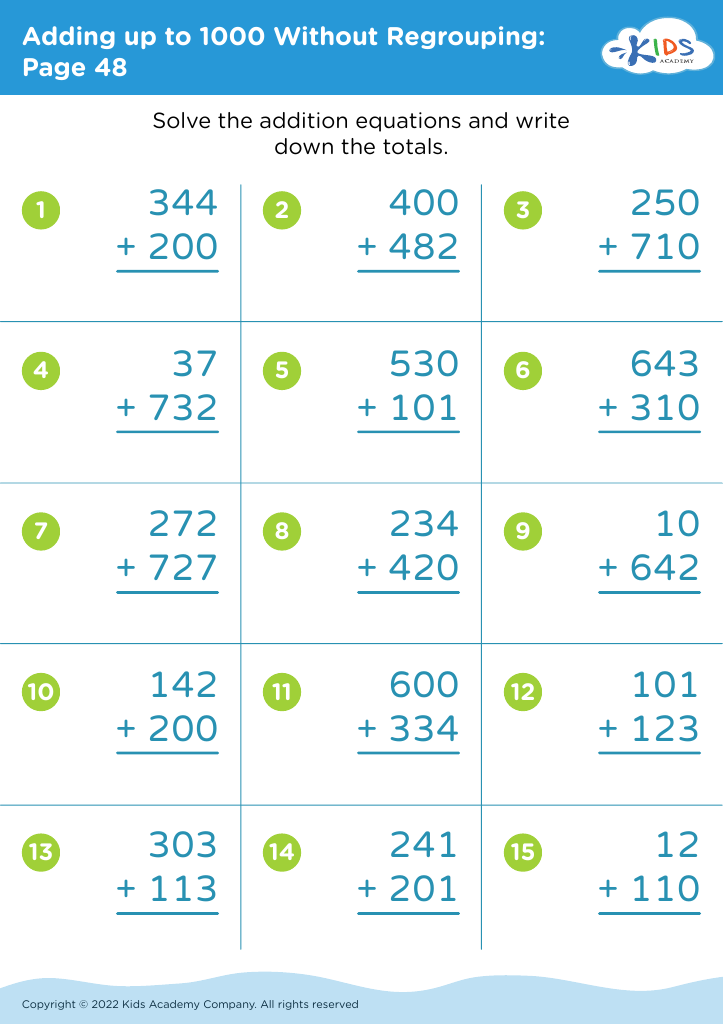
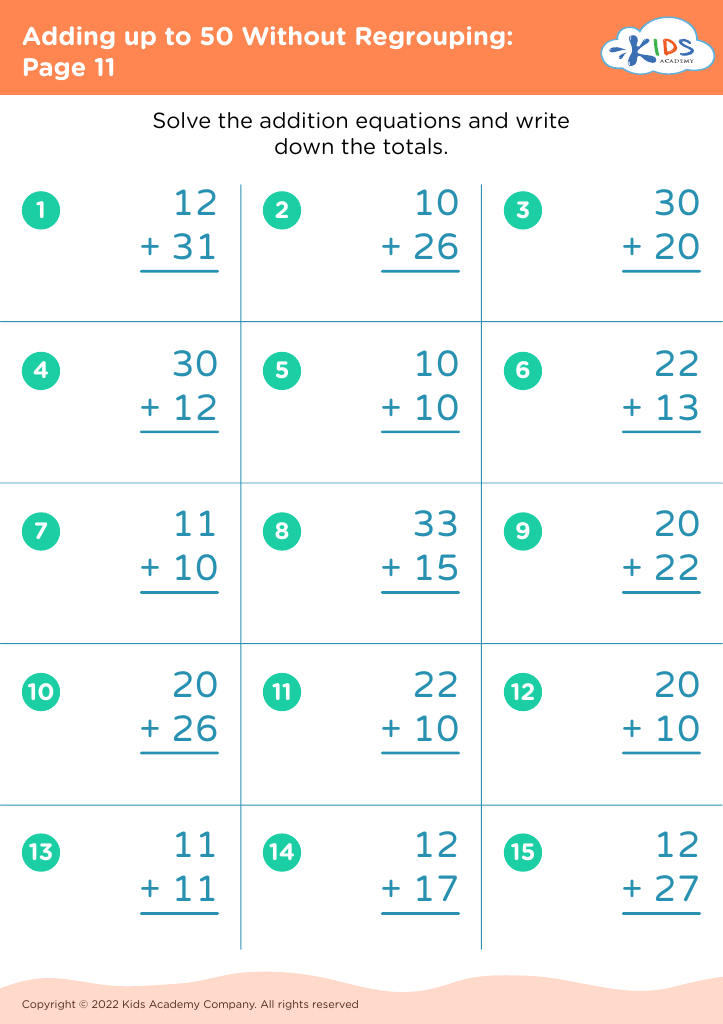

 Assign to My Students
Assign to My Students

